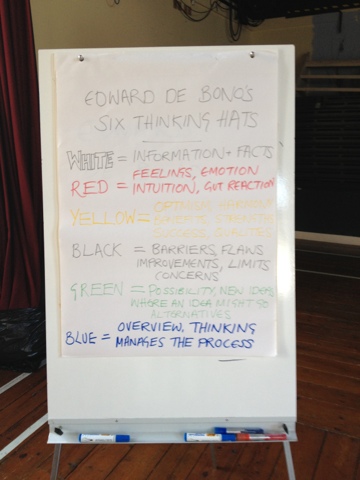Last week was our first Hothouse 3 South west Cohort meeting in Devon.
We were asked to give a short presentation on a artist craftsperson we admire and talk about their working values, and how that can translate into our own personal practises.
I found pinning it down to one person very difficult because there were so many people I could have included and cross referenced but after lots of consideration it had to be Richard Serra.
His work continues to be prominent to my thinking now as it was the first time I saw his exhibition at the Gagosian Gallery in London in 2009 www.gagosian.com
After that a trip to The Guggenheim in Bilbao www.guggenheim.org/bilbao was inevitable to see A Matter of Time. A collection of works commissioned by the gallery exhibited in a room specifically designed to house these pieces by Frank Gehry.
I talked about his work in my very first presentation at Central Saint Martins and he has remained a key reference point throughout my MA both within my practical work and my thesis. So it almost seemed like a crime I hadn't already talked about him here.
(All the images below were taken at the Gagosian exhibition in Britannia Street, London 2009)
What I would like to touch upon here is scale, materiality and his ability to work with space.
He is an artist with a very clear determined vision. He began his career as part of the Process Art Movement in the 1960's now well into his 70's he is still successfully working. The longevity of his creative career is something that interests me. In much the same way as Peter Zumthor. The quality of work just continues to improve with maturity.
He has talked about wanting to change the way sculpture was perceived or re defining sculpture and removing it from the plinth. He certainly changed the language and understanding of sculpture. His vision is big and his work follows through on the same ambitious scale.
He describes space as being contained or held. The journey through, in and around.
The human interaction with space. Walking seeing looking our own perception of space and object.
The scale in which he works is truly magnificent and overwhelming when you come into direct contact with it.
Weight
Compression
Mass
Counter Balance
Are all key to his thinking
Experiencing his work is one of those memorable moments in time. The scale of these sheets of steel is monumental there are subtle changes in the curve and the angles of the walls which open and close in unexpected ways as you walk through.
Sometimes these spaces feel extremely claustrophobic and at times you can feel disorientated.
Looking up through the top can also give you the sense that the form is going to fall in on you creating confusing visual illusions. Then you turn a corner or continue around the curve and suddenly a large open space is sitting there right in front of you. The shape at the bottom or base of the piece is quite different from the opening at the top (which can be seen in some of the images above)
His work encompasses everything I love about the phenomenological experience it has such a strong physical and emotional impact on you. When you encounter works that immerse every part of you it will always remain embedded within your subconscious memory
What I admire about Richard Serra is his understanding of materiality his work is built within a German steel factory. At this scale it would be impossible to make alone. The collaboration with industry is integral it enables challenges and risks to be taken, and for work and processes to be pushed to the limit because the resources are there in place.
He is driven by process problem solving and innovation. I believe he has genuinely pushed the boundaries and changed the perception of sculpture during his long rich career, and pathed the way for many new art forms and movements to strive forward particularly away from the context of the gallery; and how we perceive structure and form.
Anyone interested in texture and mark would be fascinated by the qualities achieved within the surface.
Sometimes the scale of the work detracts away from what's happening elsewhere. Steel changes over time depending on the conditions but there are some elements captured here that could resemble a painters canvas. yet it is partly a result of the making process involved and not an aesthetic decision.
Integrity in one word I would describe to sum up Richard Serra's career I don't think I need to say anymore as that is an outstanding value to hold. One I also hold very close to my own practise. This is probably why he remains so integral to my thinking.








































































































































































